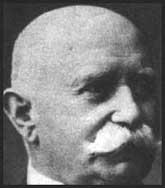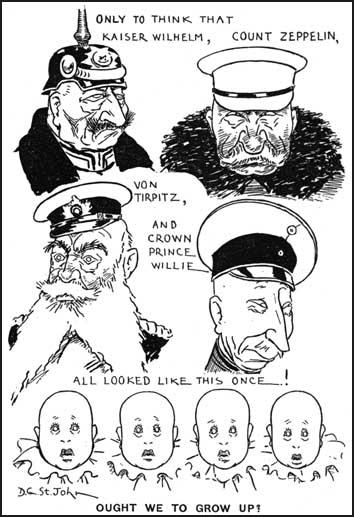Ferdinand von Zeppelin

Ferdinand von Zeppelin was born in Baden, Germany in 1838. When he was twenty he joined the German Army and was a member of the expedition that went to North America to search for the source of the Mississippi River. While in Minnesota in 1870 he made his first ascent in a military balloon.
Zeppelin had reached the rank of brigadier general when he retired from the German Army in 1891. Over the next few years he devoted himself to to the study of aeronautics.
In 1894 the German government rejected his proposals for a lighter-than-air flying machine. Although now aged sixty, Zeppelin decided to invest all his own money in a company producing airships.
By 1898 Zeppelin, with a team of 30 workmen, had assembled his first airship. The main principle of Zeppelin's invention was that hydrogen-filled gas-bags were carried inside a steel skeleton. The airship, which weighed 12 tons and contained 400,000 cubic feet of hydrogen, was driven by propellers connected by two 15-hp Daimler engines. After the Zeppelin LZ made its first flight on 2nd July 1900, the German government decided to help fund the project.

By the outbreak of the First World War the German Army owned seven of Zeppelin's airships. These Zeppelins could reach a maximum speed of 136 kph and reach a height of 4,250 metres. They had five machine-guns and could carry 2,000 kg (4,400 lbs) of bombs.
In the war Zeppelins were used for air rids on Britain and France. However, being large and slow, they were an easy target and by the summer of 1917 the German military had decided to employ them for transporting supplies. Ferdinand von Zeppelin died in 1917.
